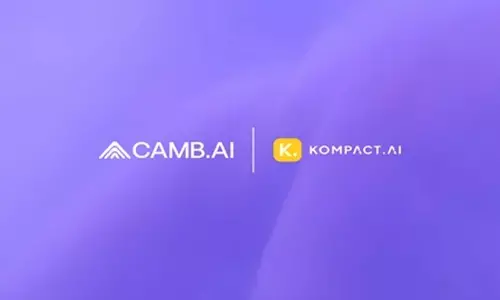Internet of Behaviours-the next big tech trend?

Internet of Behaviours-the next big tech trend?
It can potentially become a great marketing and sales tool
Picture this, it's non-Covid time, and you are in a mall, just out to do window shopping. You are going from an electronics store to cosmetics to a book store to crockery and finally, end up buying from a shoe store. And then you meet your spouse at the food court and go to the movies together. What if someone was non-intrusively watching what you were doing and gave you a discount coupon for both of you for the right movie.
That would surely shock you. Data is being collected by a web of internet-connected devices in the modern malls and public places. The techie jargon for this is IoT (Internet of things). The number of IoT devices across industrial and retail applications have sky-rocketed across the world. They have been spewing out data at amazing rates and led to a data-overload situation.
The expectation now is that we are entering the next phase of this initiative where the data coming out from the IoT devices needs to be intelligently processed. In keeping up with the tradition of having smart acronyms, this new and upcoming area is christened as Internet of Behaviours (IoB). Gartner recently listed IoB amongst top tech trends in 2021.
Coined back in 2012 by University of Helsinki Psychology Professor Gote Nyman, the 'Internet of Behaviour' or IoB, builds on IoT's capabilities to produce detailed use and behavioural data that can be collected and crunched to produce a detailed picture of the customer.
It is an amalgamation of Artificial Intelligence, data analytics and behavioural science in trying to make sense of human behaviour through data mining. Devices related to location, facial recognition and more can essentially act as guides to mapping customer behaviour. In terms of value, IoB can potentially become a great marketing and sales tool for businesses and organisations across the world. In addition to giving insights about customer behaviours on and offline, it allows the marketers to predict future behaviour.
The data gathered from the IoT will be the foundation upon which companies will be able to plan their development, marketing and sales efforts. This can be a very useful Covid surveillance tool. For instance, say a boarding gate that can automatically close to anyone with a high temperature. Covid has created a scenario, where public-good trumps private interests, accelerating the acceptability of such technology.
The dirty question to pop up here is: Is it ethical to do this and how does policing work concerning sharing and utilisation of personal information. Marketers will be able to build a profile with a lot more than what you like on Instagram or Twitter. Their data sources will expand to wearables, voice-assistants, beacons, home and car cameras, to name a few.
Future of IoB
Since the IoB is an extension of the IoT, the pair will grow simultaneously. Estimates say that by 2023 individual activities of 40 per cent of the global population will be digitally trackable.
The writing on the wall is fairly clear. In a few years, IoB will become the intelligence and wisdom in the digital ecosystem, which monitors and aids human behaviours. We have to watch and see how businesses will use this technology sensibly and how governments will regulate them from abusing the privacy and security of ordinary citizens.



















